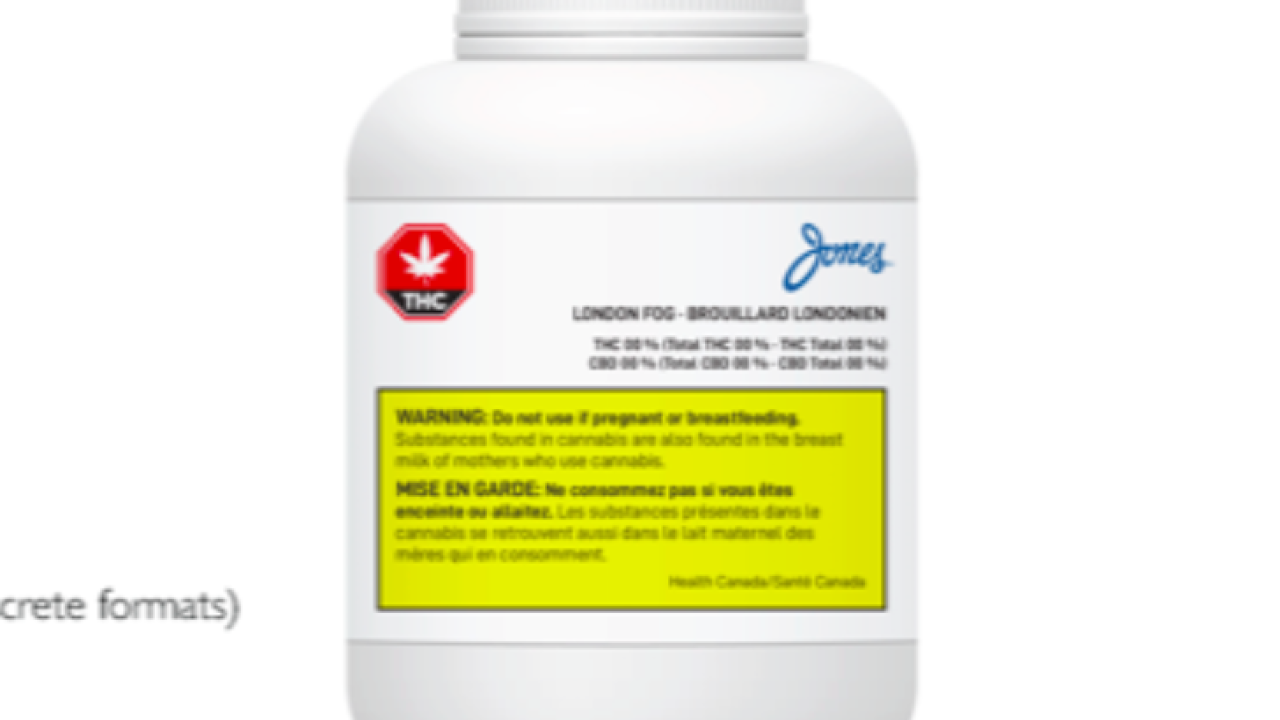Canada outlines strict rules on cannabis packaging

So what happened? Many experts are pointing to regulatory ambiguity that is slowing down the supply chain, and packaging constraints that are squeezing the market.
‘It’s become quickly apparent that that $7 billion mark isn’t going to be met,’ says Andrew Wong of Jones Packaging. ‘A lot of that is attributed to supply chain issues. And one of the main issues involved is packaging.’
Wong discussed cannabis packaging regulations and the challenges with this market during the Canadian Label and Package Printing Conference hosted by Labelexpo Global Series and L&L. The April event was co-located at the Graphics Canada tradeshow in Toronto.
Supply chain issues
Government regulations for cannabis packaging are complex and rapidly evolving, Wong says. There are limitations on nearly every aspect of the packaging, from selecting the right physical containers and including the right information on the outer packaging or label. And not all products are the same. There are different rules for dried cannabis, fresh cannabis, cannabis oils, plants and seeds.
London, Ontario-based Jones Packaging has a business unit dedicated to understanding these regulations, with Wong emerging as a prominent voice on the Canadian cannabis market.
The regulations exist, he says, to protect the consumer, to keep cannabis from minors and prevent substance abuse. However, the strict regulations on packaging are slowing down the entire supply chain. Time to market is severely impacted and achieving economies of scale are proving difficult.
The government in Canada has placed limits on the label and package’s typeface (sans serif, no italics, regular weight and no bigger than the health warning) as well as branding (one image allowed and must be no bigger than the health warning). Fluorescent inks or other value added elements? Forget it. The result is a label that looks similar to those in the pharma sector.
The health warning is an entirely different story. It’s a large yellow box that must be printed on each label or package, and has its own font and layout restrictions. The warning must be the largest image on the label or package. These warnings are often referred to as ‘rotating warnings’ because there are two sets of 14 warnings and each must be rotated so that a different message is displayed on equal numbers of containers for each brand name of cannabis product packaged.
These requirements create problems for long-run printing, but do provide opportunity for the label and packaging industry to create cost-effective workflows that address the ‘unique challenges’ of this market and ‘maximize on its potential.’
‘The market potential for cannabis still exists,’ Wong says. ‘The demand is very much there. But the supply hasn’t been able to keep up and that’s been largely due to the complexity of a highly regulated market. It’s resulted in slower than expected packaging times. It’s resulted in higher than expected packaging costs, and from the consumer and branding standpoint there’s been a lot of complaints about over-packaging or excess packaging.’
Stay up to date
Subscribe to the free Label News newsletter and receive the latest content every week. We'll never share your email address.


